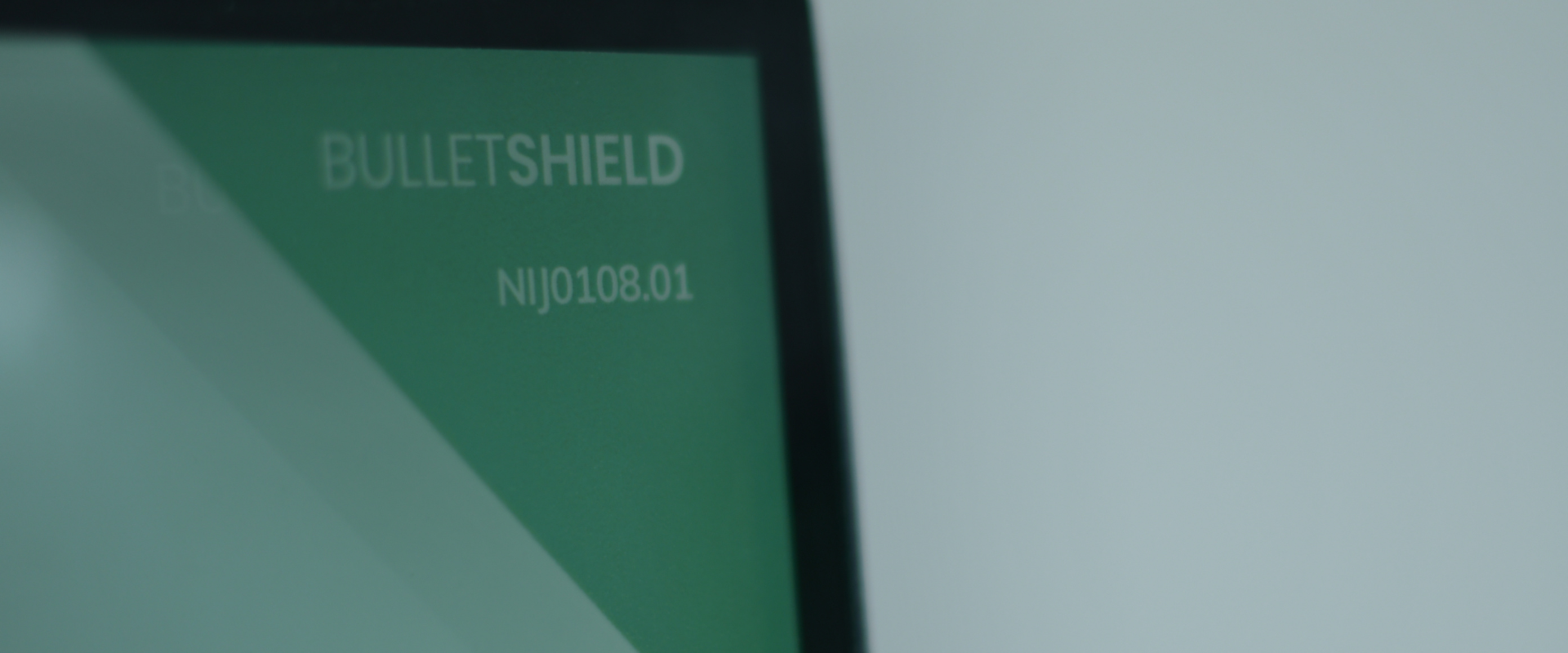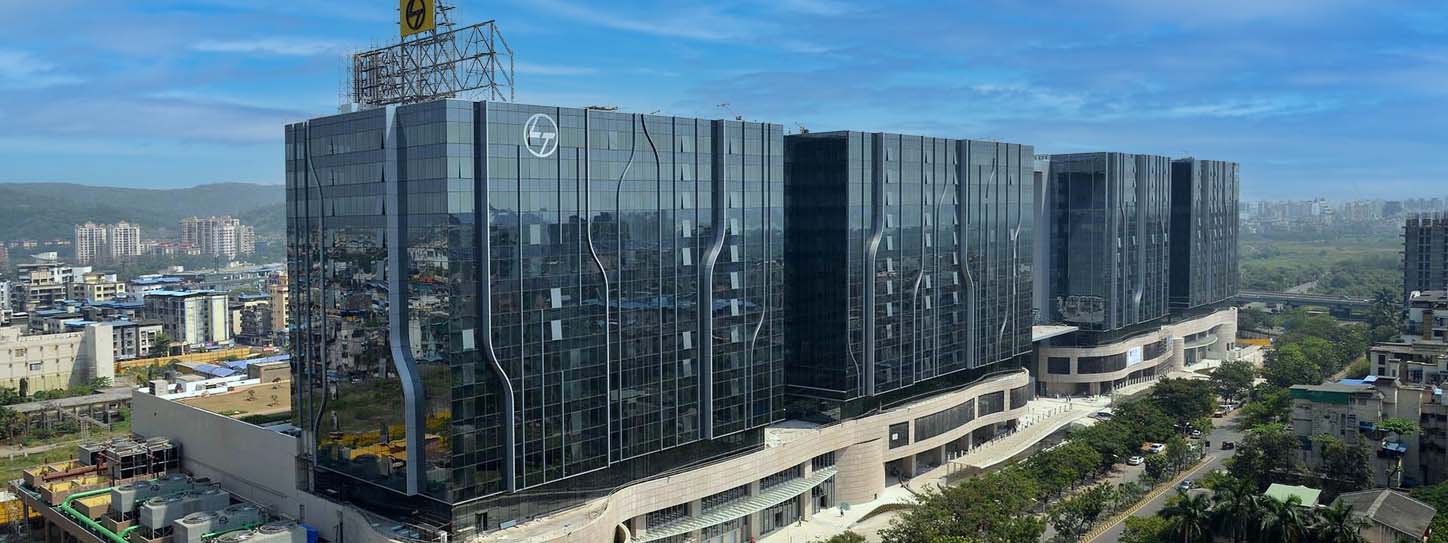Choosing the right bullet-resistant glass is crucial for ensuring the safety and security of your property. Whether you're looking to protect a commercial building, residential property, government facility, or any other space, selecting the right glass is essential. This guide will help you understand the key considerations and certifications needed when choosing bullet-resistant glass, along with some important facts about its capabilities.
Key Considerations for Choosing Bullet Resistant Glass
1. Threat Level Assessment
Understanding the potential threats you need protection against is the first step in choosing the right bullet-resistant glass. Threat levels vary depending on the type of firearms and ammunition. Glass is rated based on its ability to withstand specific calibers and types of bullets. Common standards include:
- UL 752: Underwriters Laboratories standard for bullet-resistant materials.
- NIJ: National Institute of Justice standards for ballistic resistance.
- EN 1063: European standard for security glazing.
Assess the threat level relevant to your situation to determine the appropriate rating for your bullet-resistant glass.
2. Material Composition
Bullet-resistant glass is typically made from multiple layers of laminated glass and polycarbonate materials. The composition and thickness of these layers determine the glass's ability to stop bullets. Common compositions include:
- Laminated Glass: Multiple layers of glass bonded together with an interlayer.
- Polycarbonate: A strong, lightweight material often used in combination with laminated glass for enhanced protection.
Ensure that the material composition matches the level of protection required for your specific application.
3. Thickness
The thickness of bullet-resistant glass varies depending on the level of protection needed. Thicker glass generally provides higher protection but may also be heavier and more expensive. Typical thickness ranges from 7mm to over 75mm. Balance the need for protection with practical considerations such as weight and cost.
4. Clarity and Aesthetics
While security is paramount, it's also important to consider the optical clarity and aesthetics of the glass. High-quality bullet-resistant glass should maintain excellent visibility and light transmission. This ensures that the glass does not compromise the look and functionality of your space.
5. Application-Specific Needs
Different applications have unique requirements. For example:
- Commercial Buildings: Focus on entry points, storefronts, and reception areas.
- Residential Properties: Consider windows, doors, and safe rooms.
- Government and Military Facilities: Enhance security at entrances, checkpoints, and sensitive areas.
- Financial Institutions: Protect teller windows, vaults, and ATMs.
Tailor your choice of bullet-resistant glass to the specific needs of your application.
Important Certifications for Bullet Resistant Glass
Before purchasing bullet-resistant glass, ensure that it meets the necessary certifications and standards for your region and application. Key certifications to look for include:
- UL 752: This certification from Underwriters Laboratories rates the bullet resistance of various materials, including glass. It is widely recognized and used in the United States.
- NIJ: The National Institute of Justice provides standards for ballistic-resistant protective materials, including bullet-resistant glass. NIJ ratings are critical for law enforcement and government applications.
- EN 1063: The European standard for bullet-resistant glazing. It specifies the requirements and testing methods for security glazing resistant to ballistic impacts.
- ASTM F1233: American Society for Testing and Materials standard for security glazing in building applications.
These certifications ensure that the glass has been rigorously tested and meets the required safety standards.
Facts About Bullet Resistant Glass
- Layered Construction: Bullet-resistant glass is made from multiple layers of glass and plastic, laminated together to create a strong barrier. The number of layers and materials used can vary based on the required level of protection.
- Energy Absorption: The interlayer in bullet-resistant glass absorbs and disperses the energy from a bullet impact, preventing penetration.
- Spall Protection: High-quality bullet-resistant glass often includes a spall shield, which prevents glass fragments from flying inward upon impact, further protecting occupants.
- Maintenance: Regular inspection and maintenance are essential to ensure the continued effectiveness of bullet-resistant glass. Over time, exposure to environmental factors can affect its performance.
- Customizable: Bullet-resistant glass can be customized in terms of thickness, size, and shape to fit specific security needs and architectural designs.
Choosing the perfect bullet-resistant glass involves understanding your specific security needs, assessing threat levels, and ensuring the glass meets relevant certifications and standards. By considering factors such as material composition, thickness, clarity, and application-specific requirements, you can select the right glass to provide the protection you need.
FG Glass - Your Partner in High-Quality Bullet Resistant Glass Solutions
At FG Glass, we offer top-of-the-line bullet-resistant glass products designed to meet the highest standards of safety and performance. Our bullet-resistant glass solutions are ideal for various applications, providing superior protection against ballistic threats. Trust FG Glass to deliver the security and peace of mind you need. For more information, visit fgglass.com.

You might also like
Feb 21, 2022 by TARIQ KACHWALA
Feb 21, 2022 by TARIQ KACHWALA
Feb 23, 2022 by TARIQ KACHWALA









